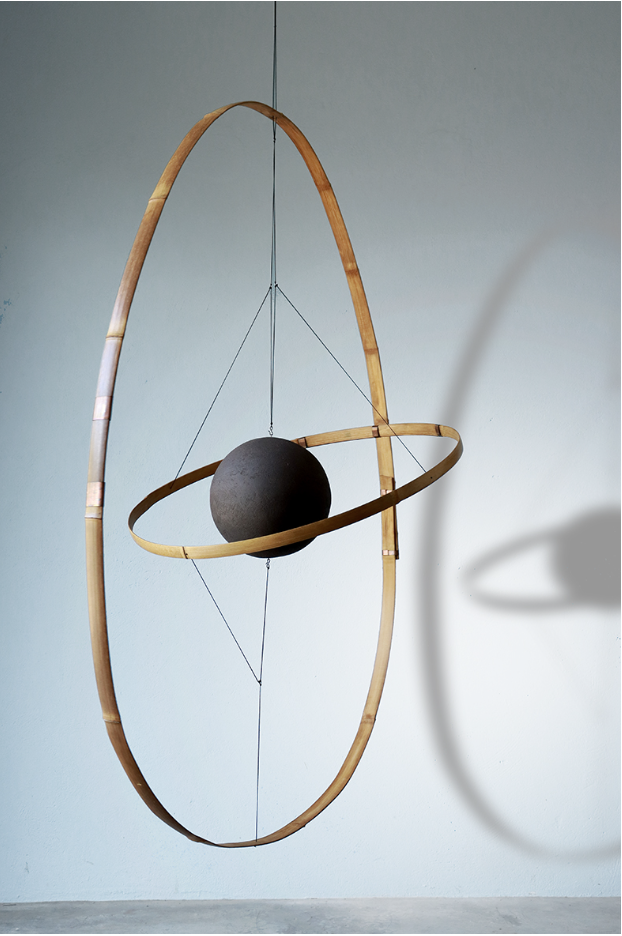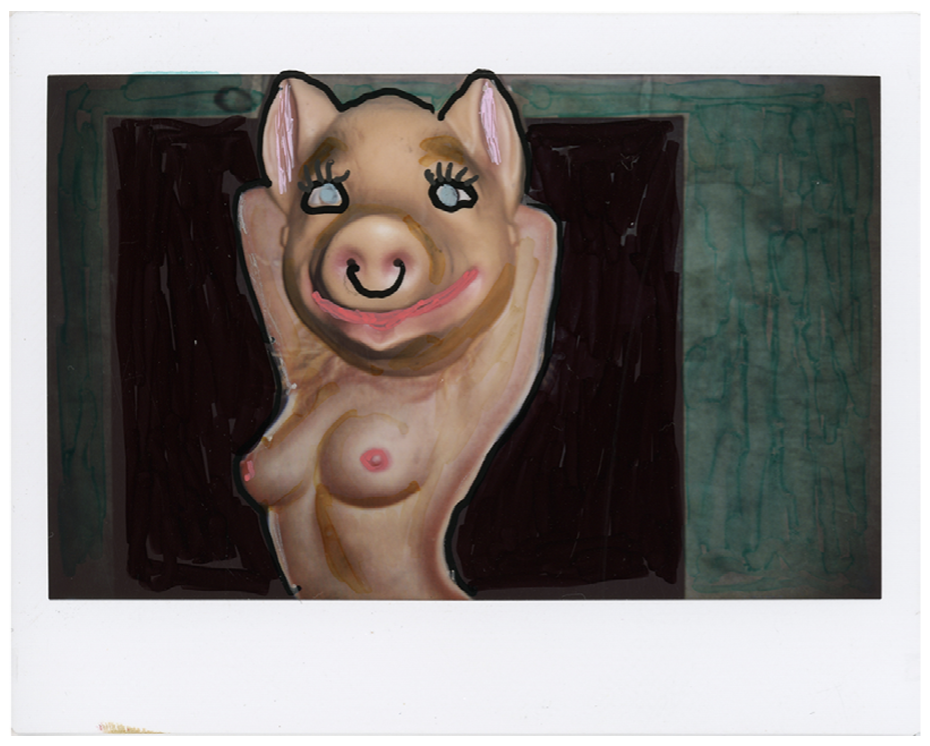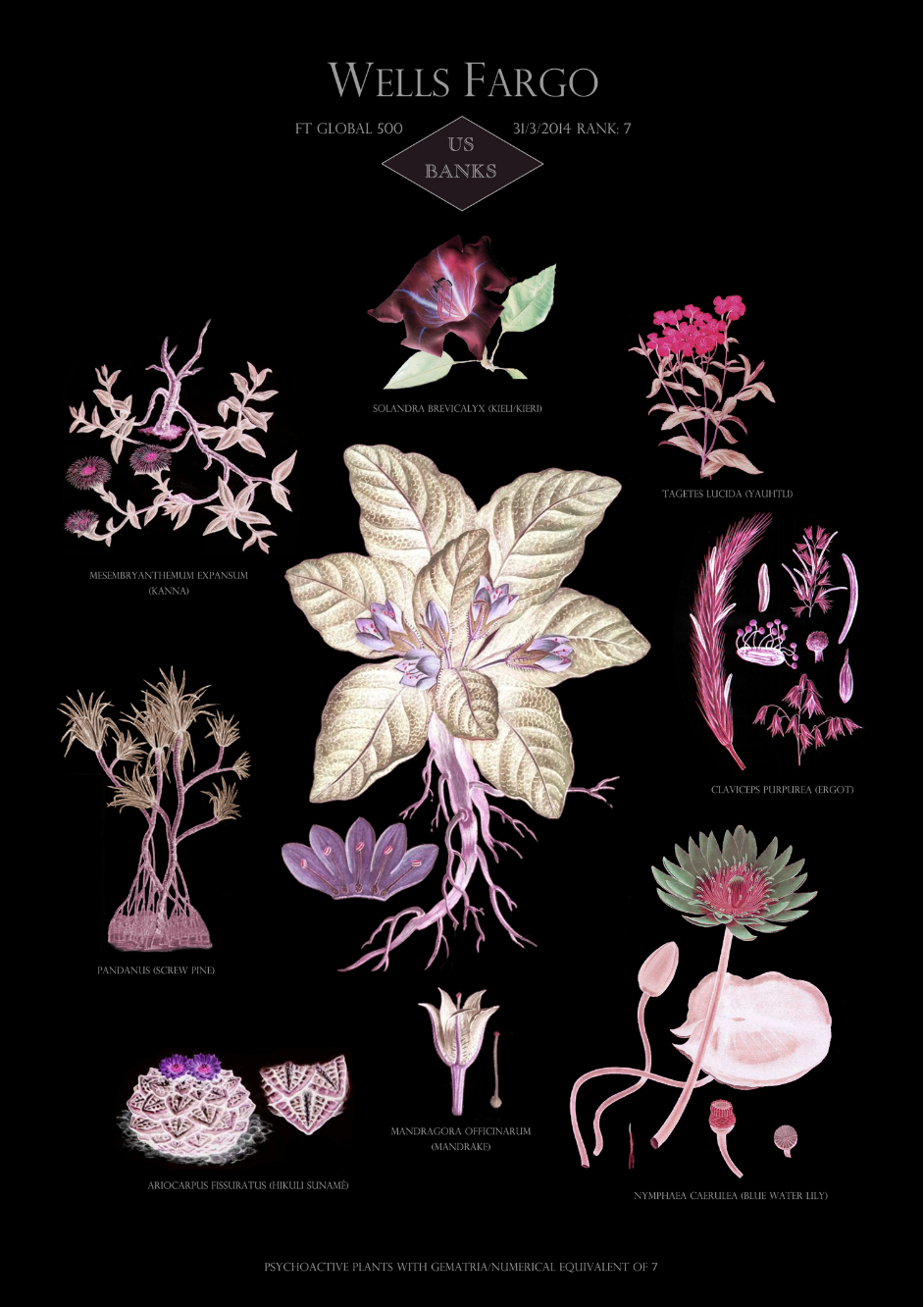Your guide for what to see of the 52 participating galleries in this year’s Apertura Madrid Gallery Weekend
Each year, as the slow pace of summer comes to an end, a new art season begins to effervesce. Such is the ebb and flow of life in the artworld. In Madrid, that kicked off last weekend with Apertura Madrid Gallery Weekend. The 15th edition boasts 52 participating galleries whose exhibitions span solo and group shows presenting established and lesser-known artists from around the world. If the number of exhibitions seems a little daunting, and deciding where to start feels overwhelming, ArtReview has you covered with its own suggested tour of exhibitions to whet your palate.
Begin with a dose of calm. Diego Benéitez’s exhibition The Light in Your Eyes, at Galería Bat Alberto Cornejo, invites viewers into serene landscapes where horizons appear to stretch infinitely. Painted in pastel-coloured oils, each work is an exploration of not only light, but also of tranquillity, evoking in viewers a state of contemplation and introspection. Benéitez’s paintings feature gently transitioning hues that recall the way light shifts during dawn or dusk, capturing the moment day softly surrenders to night. Looking closely, viewers will notice the paintings are layered with delicate textures, punctuating distant coastal lights, land masses and shorelines, providing a sense of depth that draws the eye towards the horizon. Of the paintings on show, the most subtly absorbing is The brightness of its waters (2024): painted in muted neutral colours, its distant, shadowy landmasses and wisps of clouds are the only physical elements that distinguish sea from sky.

It’s tricky to maintain peacefulness as a state of mind, and so in moments of unrest we might also turn to art as a means of expressing turmoil and tension. At Ehrhardt Flórez, Peppi Bottrop presents Angel left / Devil right (Deus sive natura), an exhibition of paintings and drawings that reflect on, as the title suggests, the strained psyche (unless, of course, you’re inclined to believe in angels and demons as real entities – which ArtReview might argue is an excuse for your ego’s inability to take accountability for and ownership of one’s own actions). One of the largest paintings on show is a three-metre-high untitled and apparently abstract work, made this year, which features a tumultuous explosion of charcoal and grey-blue acrylic marks that appear to have been painted hastily, wildly, angrily. Bottrop calls this a ‘dark landscape’, and indeed, out of the painting’s abstract shapes emerge something of a warped moon, a tangle of vines, a bike dumped into murky waters. There’s an overall sense of images, memories (in the way that figurative forms seem to surface from the paintings the longer you look at them) and emotions being constructed and deconstructed in the paintings at Angel left / Devil right (Deus sive natura) – as though these works are a visual representation of the ever-shifting, nebulous structures of the mind.

Over at Alzueta Gallery, a more tangible tension is explored by Laurent Martin Lo, who has spent decades researching the structural and spiritual properties of bamboo, a material that has inspired the artist to experiment with its flexibility and strength, resulting in mobilelike sculptures that convey a sense of balance, poetry and movement. Bamboo Planet, for example, is a ceiling-hung sculpture of two elliptical rings made of bamboo strips that encircle a black ceramic sphere, all of which is held in tension by black threads. It looks as though the seemingly fragile sculpture might disintegrate at any moment, and yet the subtly jointed strips of bamboo allude to the strength of the material, while the ceramic sphere lends the whole a grounding sense of reassurance and solidity. Responding to subtle vibrations of the air as it flows through the gallery space, Bamboo Planet gently moves, an embodiment of the delicate balances found in nature and a reminder – like a visual mantra – of the necessary relationship between tension and resilience.

To force you out of this false sense of security, South African photographer Roger Ballen is best known, in his words, for making photos in which ‘delirium, mirage, dreams, and nightmares coexist, defying categorisation as either light or dark’. Subjects of his predominantly black-and-white photo series often include creatures, people dressed up as creatures, dilapidated spaces, society’s marginalised, ghosts, disembodied heads, headless bodies, dolls etc – many of which are arranged into strange little psychodramas, the sorts of disturbing scenes (a pig-headed butcher sawing off a mannequin’s head, for example) that one might imagine, but which would be socially unacceptable to act out. And it’s exactly these kinds of intrusive thoughts plaguing the human psyche that Ballen mines. At Camara Oscura, his signature dark humour is presented in a selection of black-and-white photographs, videos and, shown here for the first time, his latest series of colour Polaroids that incorporate the photographer’s drawings, in which the real and the imaginary are physically blended via layering and collaging. They are wonderfully weird little pictures: there’s a demonic axolotl guarding a white chicken; a naked female torso posing in a stretch, sporting a pig’s head; a happy-looking ghostly apparition kneeling beside what appears to be a little girl lying supine on the floor, her dirty blonde braids snaking out beyond the picture and onto the Polaroid’s pristine white frames; a bald-headed figure drawn in profile, gesturing their long, red fingernails at colourful smiley-faced spirit orbs.

A more sobering meditation on the fragility of the human psyche is presented at 1 Mira Madrid, which features one of the most poignant exhibitions at Apertura Madrid Gallery Weekend. A series of photographs is arranged salonlike across a wall, with each depicting dilapidated rooms, or barred windows that reveal a cluster of trees outside, or doorways, or tired, dirty beds. These are the abandoned spaces of the decommissioned Padre Jofré psychiatric hospital in Bétera, Valencia, which, when it opened in 1974, held 1,200 beds and whose medical staff were denounced by journalists for their neglectful and inhumane treatment of the hospital’s patients. Similarly hung on the opposite wall is a collection of old, rusted and scratched rectangular mirrors: it turns out that the photographs aren’t just images of the walls, but are also reflections of the walls seen as they were through these very mirrors by the hospital’s patients. Overhead, bright white light is diffused throughout the gallery, evoking a sense of being inside a clinical institution. This corridorlike installation is part of a wider documentary project titled Mirror of the World, begun in 2017 by artists Patricia Gómez and María Jesús González, and which considers the psychiatric institution as ‘a reflection of society’. The works on show also include sections of plaster, carefully peeled from the hospital’s interior walls and presented in frames. Elsewhere in the gallery, large canvases, hung in grids, are printed with photographs of closeup shots of the hospital’s interior walls; they are peeling, cracked, stained, scratched, pockmarked and mouldy, at once abstracted and abject. These are the lingering, decrepit traces of the history and former inhabitants of Padre Jofré Hospital, but here, recontextualised and elevated as art objects, Gómez and González imbue these interiors and the lives lived within these walls with a dignity that was previously stripped away.

Over at The Ryder Projects, Suzanne Treister’s eclectic and colourful art practice offers an optimistic and humorous reimagining of institutional powers via depictions of alternative realities and control mechanisms. Combining fictional narratives and new media, Treister dissects the intricacies of societal structures, presenting works that span a timeline of over three decades. Her projects – ranging from the fictional gaming visuals of Fictional Videogame Stills (1991–92) to Technoshamanic Systems: New Cosmological Models for Survival (2020–), a series of colourful diagrams that imagine ‘technovisionary non-colonialist plans towards… survival on Earth’ – challenge conventional narratives and stimulate dialogue around governance and technology.
Through her heavily diagrammatic works – they often take the form of mindmaps, alchemical drawings, antique maps and even tarot cards – Treister reconfigures how institutions might be perceived and understood in the future, suggesting that they can be reshaped through creative participation and imaginative discourse. Series like HEXEN 2.0 (2009–11) explore histories of scientific research ‘behind government programmes of mass control’, while HFT The Gardener intertwines financial and psychoactive narratives to question societal priorities. Treister’s art acts as a catalyst for reflection, encouraging viewers to engage critically with the dynamics of power and explore transformative possibilities in both personal and collective contexts.
